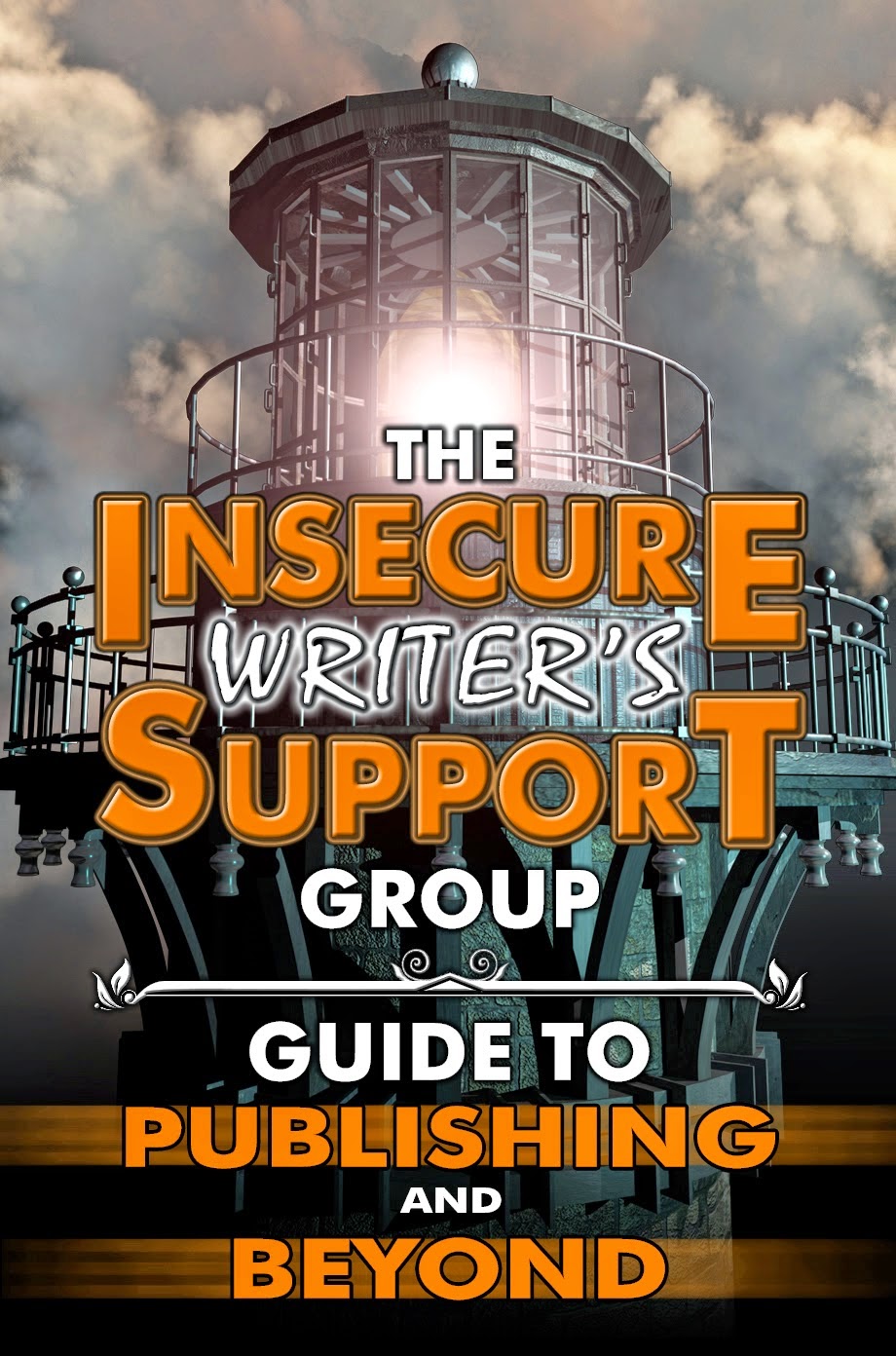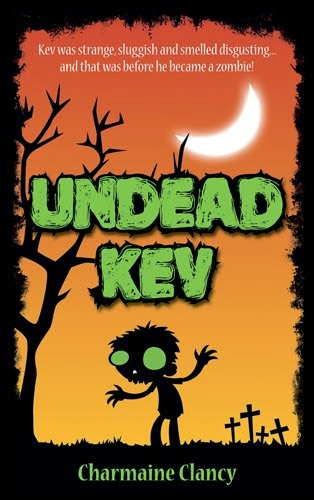Over the last five posts I have
discussed the various ways to elicit sympathy from the reader. But in all of
these cases, it is possible to heighten the effect simply by showing the
character to be undeserving of the punishment he’s being forced to undergo.
We all have an innate sense of right and wrong. Even when life proves to be oblivious to this idea, and even when we ourselves treat others unjustly, for some reason we cling to this concept of fairness.
Unfairness can come from a person, an institution or the universe. There’s no real logic behind why we expect good things to happen to good people and bad people to be punished (experience certainly doesn’t suggest either will happen very often), but we do. And this means a character who is treated unfairly is one who is probably going to win the sympathy of the reader.
We all have an innate sense of right and wrong. Even when life proves to be oblivious to this idea, and even when we ourselves treat others unjustly, for some reason we cling to this concept of fairness.
Unfairness can come from a person, an institution or the universe. There’s no real logic behind why we expect good things to happen to good people and bad people to be punished (experience certainly doesn’t suggest either will happen very often), but we do. And this means a character who is treated unfairly is one who is probably going to win the sympathy of the reader.




































































































